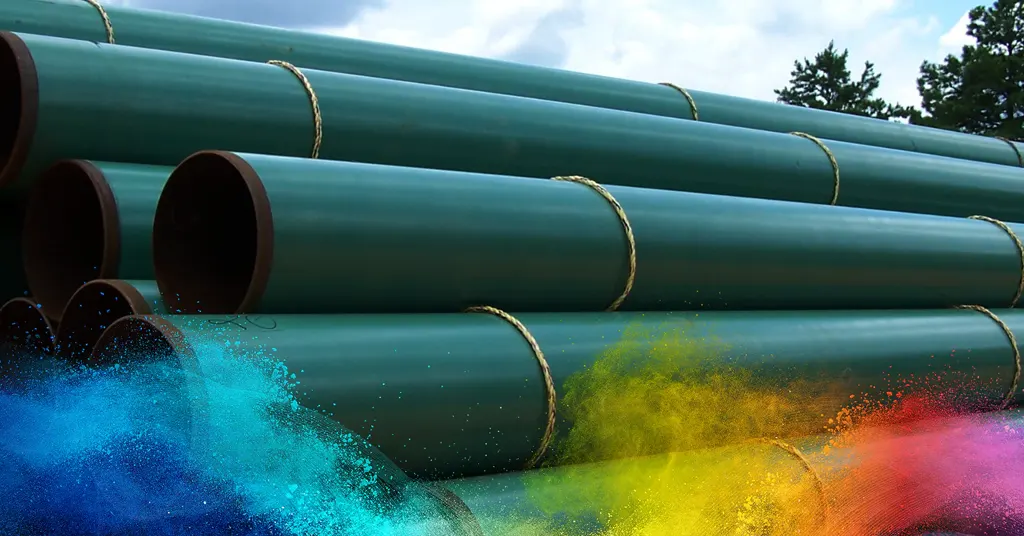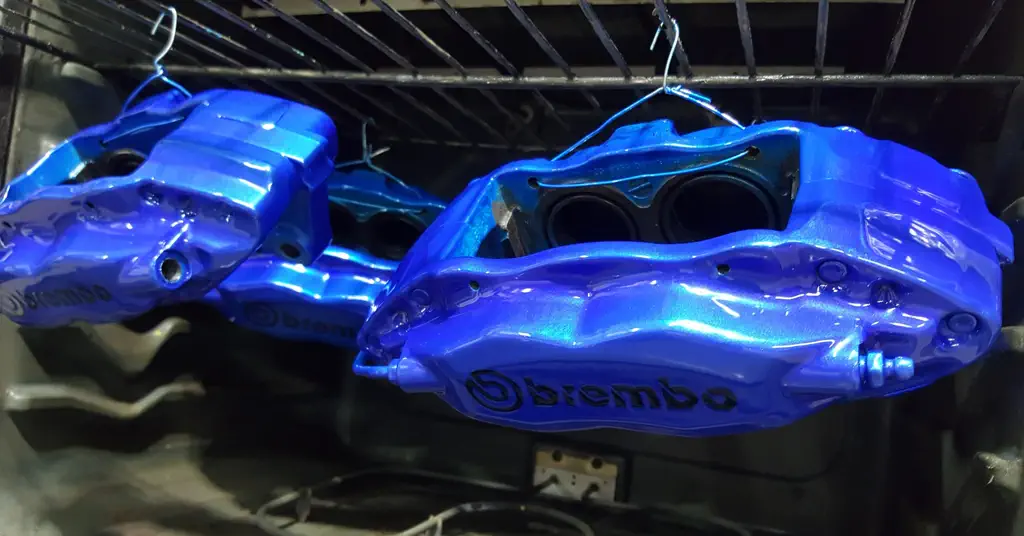The Ultimate Guide to Epoxy Powder Coating: Benefits, Applications, and Techniques
Epoxy powder coating is a popular finishing process used across various industries. It provides a durable, high-quality finish that protects surfaces from corrosion, wear, and environmental damage. This guide will explore the benefits, applications, and techniques of epoxy powder coating to help you understand why it’s a top choice for many professionals.
What is Epoxy Powder Coating?
Epoxy powder coating is a dry finishing process where electrostatically charged powder is applied to a surface. The coated object is then cured under heat, creating a hard, protective layer. Unlike traditional liquid paint, epoxy powder coating doesn’t require solvents, making it an eco-friendly option.
Benefits of Epoxy Powder Coating
- Durability: Epoxy powder coating creates a tough, long-lasting finish that resists chipping, scratching, and fading. It’s ideal for surfaces exposed to harsh conditions.
- Corrosion Resistance: This coating provides excellent protection against rust and corrosion, making it perfect for metal objects like automotive parts, machinery, and outdoor equipment.
- Eco-Friendly: Since it contains no solvents, epoxy powder coating emits minimal volatile organic compounds (VOCs). This makes it a greener alternative to liquid paints.
- Aesthetic Appeal: Available in a wide range of colors and finishes, epoxy powder coating allows for customization while maintaining a smooth, even appearance.
- Cost-Effective: The efficiency of the application process reduces waste, and the durability of the coating means fewer maintenance costs over time.
Epoxy powder coating is versatile and used in numerous industries. Here are some common applications:
- Automotive Industry: Used for coating wheels, engine parts, and other components that require durability and corrosion resistance.
- Architecture and Construction: Ideal for coating metal fixtures, railings, and structural elements exposed to weather and wear.
- Electronics: Provides insulation and protection for electrical components, ensuring longevity and performance.
- Furniture: Used on metal furniture to enhance durability and aesthetics, especially for outdoor or high-traffic settings.
- Industrial Equipment: Protects machinery and tools from abrasion, chemicals, and environmental damage.
Techniques for Applying Epoxy Powder Coating
- Surface Preparation: Proper preparation is crucial. The surface must be cleaned, degreased, and free of rust or old paint. Techniques like sandblasting or chemical treatments are often used.
- Application Process: The powder is applied using an electrostatic spray gun. The charged particles adhere to the grounded surface, ensuring even coverage.
- Curing: After application, the coated object is placed in a curing oven. The heat causes the powder to melt and form a smooth, durable finish. The curing temperature and time depend on the specific epoxy powder used.
- Quality Control: Inspect the finished product for consistency, thickness, and adhesion. Any defects can be corrected before the coating fully cures.
Tips for Achieving the Best Results
- Choose the Right Powder: Select an epoxy powder coating formula that suits your specific needs, such as high-temperature resistance or enhanced UV protection.
- Control the Environment: Ensure the application area is clean, dry, and free of contaminants to avoid imperfections in the finish.
- Follow Manufacturer Guidelines: Adhere to recommended curing times and temperatures to achieve optimal results.
- Work with Professionals: For complex projects, consult with experienced epoxy powder coating specialists to ensure the best outcome.
Conclusion

Erik
Doctor of Chemical Engineering, expert in the field of powder coatings, with over 20 years of professional experience in the research and application of powder coatings





